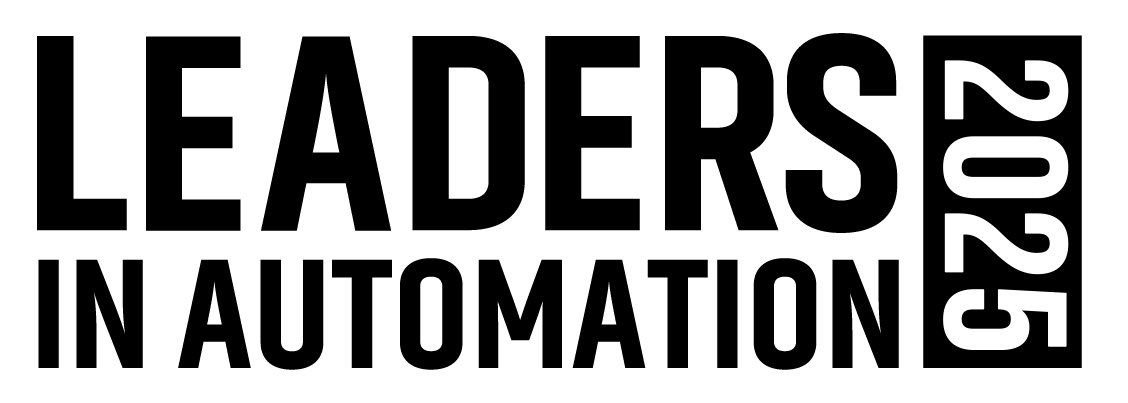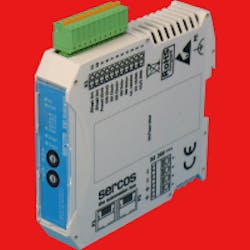SERCOS: SSI Encoder Gateways and Blended EtherNet/IP Infrastructures
A significant amount of news has been circulating around the SERCOS (SErial Realtime COmmunication System) industrial communication platform lately. At Pack Expo this fall, it was announced that CIP Safety for SERCOS is now available. Now comes news that SERCOS has standardized the exchange of position values between incremental or absolute encoders and controls within a SERCOS III network using SSI (a worldwide standardized serial protocol for exchange of absolute position values between an encoder and a control) via the encoder profile FSP-Encoder.
The SSI-Gateway device allows connection of SSI encoders from any vendor to a SERCOS III network. Supporting up to four SERCOS III real-time data connections, the SSI-Gateway allows for making the acquired position available to any other device connected to the SERCOS network. This is an important feature for applications with master and slave axes, cam profiles or electronic gears. In addition to the position value, the device can also measure and transmit the current velocity and acceleration.
Available in protection class IP20 housing for DIN rail mounting, the SSI-Gateway is equipped with two RJ45 connectors for integration into the SERCOS network and one connector for SSI signals, digital I/Os and 5V DC or 24V DC power supply for the encoder, address switches, and diagnostic LEDs.
In other SERCOS news, the first demonstration of a SERCOS III and EtherNet/IP blended infrastructure was slated to take place at the SPS/IPC/Drives show at Booth 110 in Hall 6 in Nuremberg, Germany, November 27-29, 2012. The demo will show various SERCOS III and EtherNet/IP devices connected to controller prototypes from Bosch Rexroth (www.boschrexroth-us.com) and Schneider Electric (www.schneider-electric.com) using a common Ethernet infrastructure on a single cable.
This blended infrastructure approach was announced in April 2012 as one of the first practical results of the Machinery Initiative, in which SERCOS International, ODVA and OPC Foundation collaborate.
Because the network infrastructure required for EtherNet/IP and SERCOS III includes the physical and data link layers of Ethernet, SERCOS telegrams, CIP messages and TCP/IP messages can coexist within a network without requiring additional cables. To keep the cyclical and clocked communication of SERCOS III intact, the CIP messages and TCP/IP telegrams are transmitted in the Unified Communication Channel (UCC), which is an integral part of the SERCOS transmission method.
About the Author
David Greenfield, editor in chief
Editor in Chief

Leaders relevant to this article:
